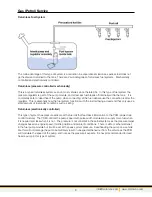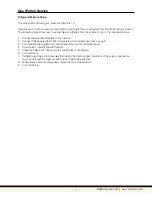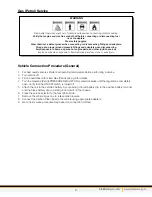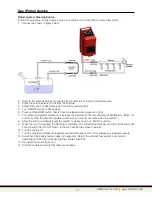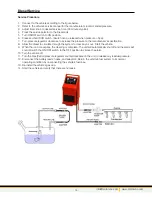
Gas (Petrol) Service
Returnless Fuel System
The main advantage of this type of system is a reduction in evaporative emissions as excess fuel does not
get heated and returned to the tank. There are 2 sub categories of returnless fuel systems. Mechanically
controlled and electronically controlled.
Returnless (pressure controlled mechanically)
This is a typical returnless system seen on most vehicles since the late 90s. In this type of fuel system the
pressure regulator is part of the pump module, and all excess fuel bleeds off internally within the tank. It is
completely safe to ‘dead head’ the pump when connecting at the fuel rail because the connection is after the
regulator. This is essentially how the fuel system functions with the fuel rail being a dead end that only uses a
small amount of fuel under conditions such as idling.
Returnless (electronically controlled)
This type of system has pressure sensors at the fuel rail that feed back information to the PCM (power-train
control module). The PCM controls the pump speed with pulse width modulation to supply more fuel when
it is needed and less when it is not. The pressure is not constant in these fuel systems as the pressure target
changes based on engine speed, throttle position and ambient conditions. There is still a mechanical relief
in the fuel pump module but it will be set at the peak system pressure. Deadheading the pump on a vehicle
like this will not damage the pump but will likely result in unexpected behaviour from the vehicle as the PCM
will modulate the speed of the pump and not see the pressure it expects. It is never recommended to dead
head a pump in this type of system.
[email protected] www.motorvac.com
6









